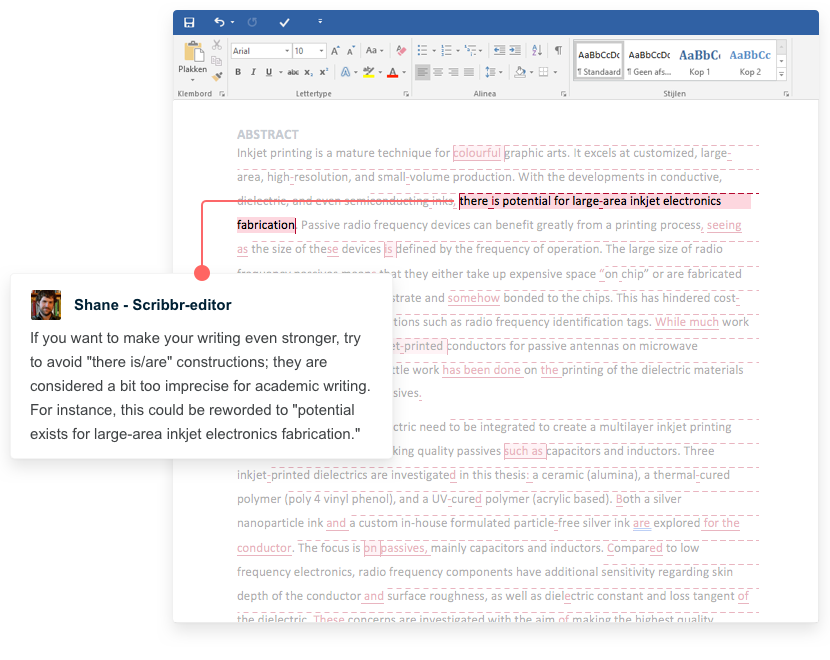Descriptive versus inferential statistics
Descriptive versus inferential statistics
Descriptive statistics allow you to describe a data set, while inferential statistics allow you to make inferences based on a data set.
Descriptive statistics
Using descriptive statistics, you can report characteristics of your data:
- The distribution concerns the frequency of each value.
- The central tendency concerns the averages of the values.
- The variability concerns how spread out the values are.
In descriptive statistics, there is no uncertainty – the statistics precisely describe the data that you collected. If you collect data from an entire population, you can directly compare these descriptive statistics to those from other populations.
You can use descriptive statistics to get a quick overview of the school’s scores in those years. You can then directly compare the mean SAT score with the mean scores of other schools.
Inferential statistics
Most of the time, you can only acquire data from samples, because it is too difficult or expensive to collect data from the whole population that you’re interested in.
While descriptive statistics can only summarize a sample’s characteristics, inferential statistics use your sample to make reasonable guesses about the larger population.
With inferential statistics, it’s important to use random and unbiased sampling methods. If your sample isn’t representative of your population, then you can’t make valid statistical inferences or generalize.
You can use inferential statistics to make estimates and test hypotheses about the whole population of 11th graders in the state based on your sample data.
Sampling error in inferential statistics
Since the size of a sample is always smaller than the size of the population, some of the population isn’t captured by sample data. This creates sampling error, which is the difference between the true population values (called parameters) and the measured sample values (called statistics).
Sampling error arises any time you use a sample, even if your sample is random and unbiased. For this reason, there is always some uncertainty in inferential statistics. However, using probability sampling methods reduces this uncertainty.
Receive feedback on language, structure, and formatting
Professional editors proofread and edit your paper by focusing on:
- Academic style
- Vague sentences
- Grammar
- Style consistency

Estimating population parameters from sample statistics
The characteristics of samples and populations are described by numbers called statistics and parameters: